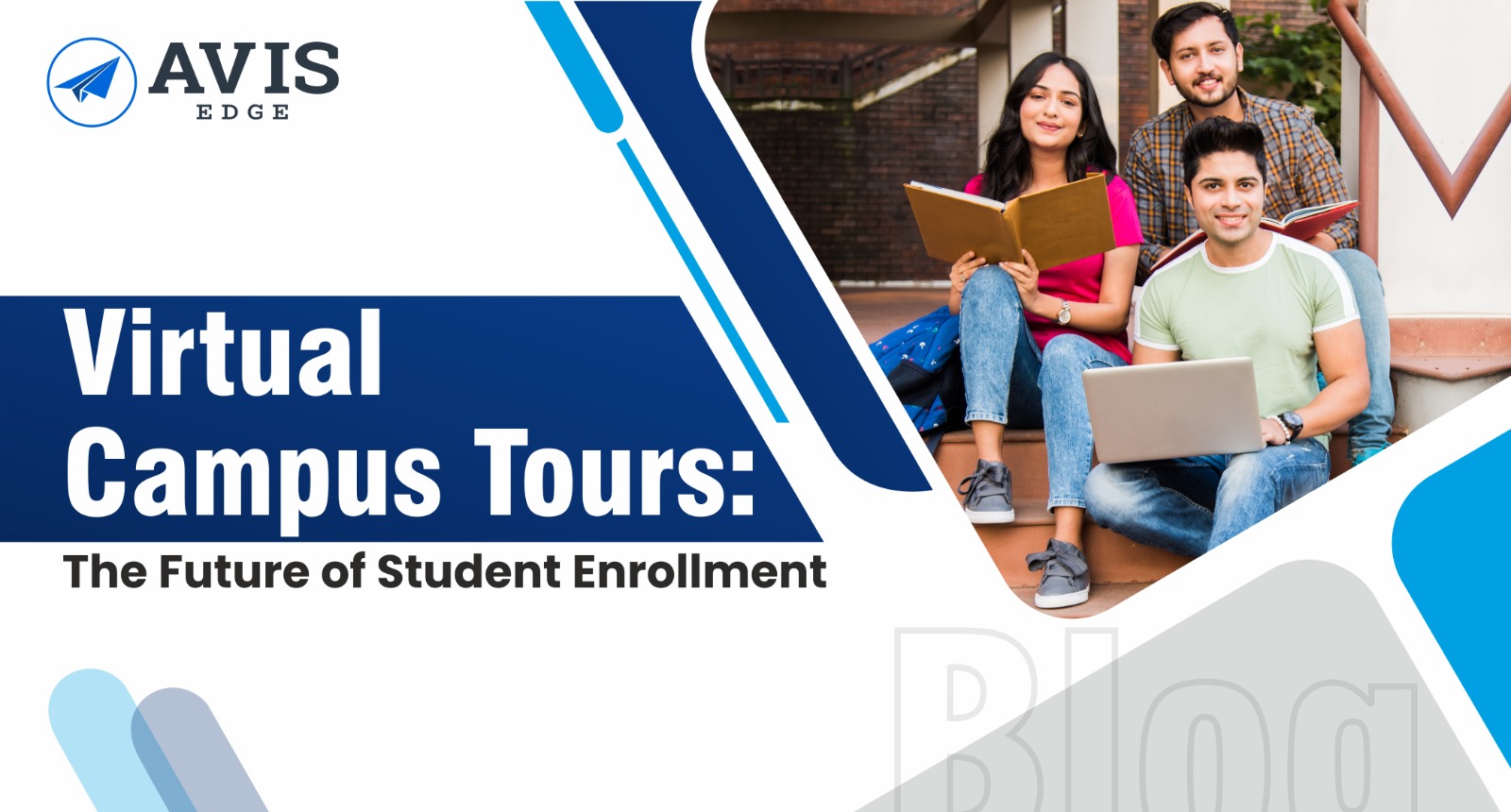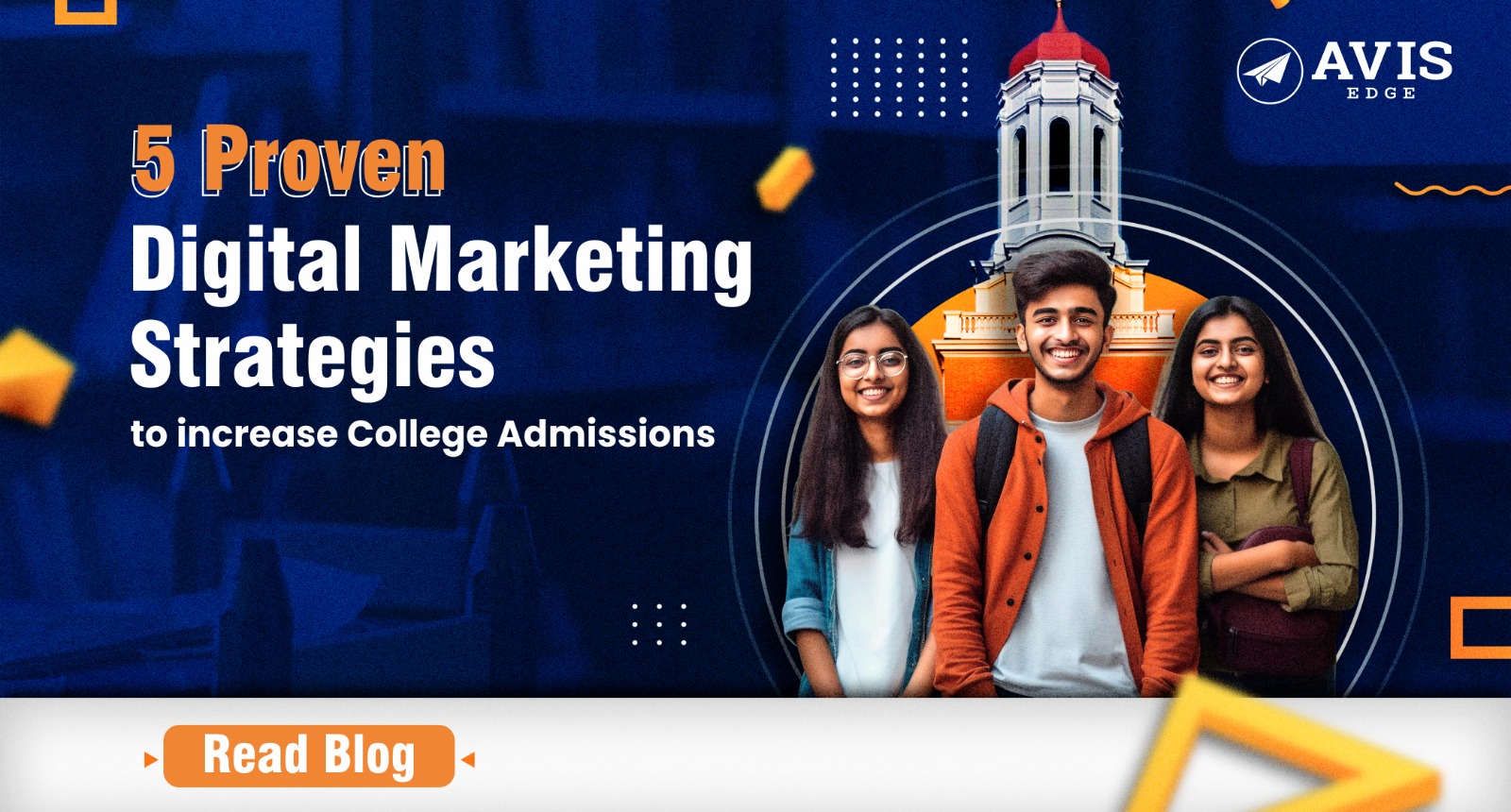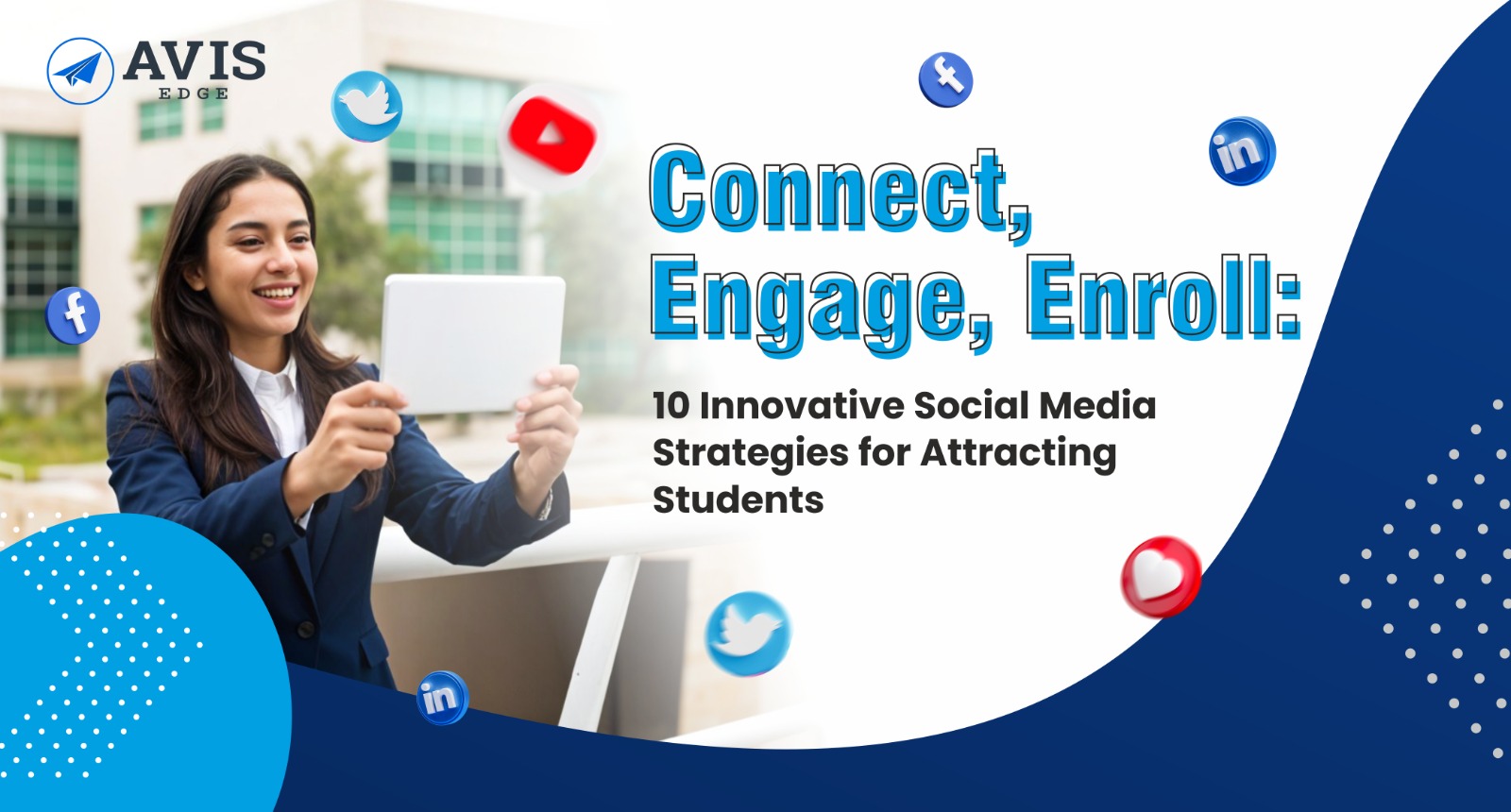
As the landscape of higher education continues to evolve, universities and colleges are increasingly turning to innovative technologies to enhance their recruitment strategies. One such advancement is the virtual campus tour, which has emerged as a vital tool for attracting prospective students. In an era where digital engagement is paramount, virtual tours provide an immersive experience that allows students to explore campuses from anywhere in the world. This blog delves into the significance of virtual campus tours in the enrollment process and how they are shaping the future of student recruitment.
The Rise of Virtual Campus Tours
Virtual campus tours have gained traction due to their ability to reach a broader audience compared to traditional in-person visits. With the increasing reliance on online resources for college research, prospective students are seeking ways to experience campuses without the constraints of travel and time. According to research, students who participate in virtual tours are significantly more likely to apply to the institution, with some studies indicating an increase in application rates by as much as 67% for those who engage with these digital experiences.
Benefits of Virtual Campus Tours
1. Wider Reach and Accessibility
One of the most significant advantages of virtual campus tours is their ability to connect with a global audience. Unlike physical tours, which may limit attendance based on geographical location, virtual tours can be accessed by anyone with an internet connection. This inclusivity allows universities to showcase their facilities and culture to prospective students from various backgrounds and locations, including international applicants who may find it challenging to visit the campus in person.
2. Cost-Effective and Time-Saving
In-person campus visits can be costly and time-consuming for both students and institutions. Virtual tours eliminate travel expenses and scheduling conflicts, allowing prospective students to explore campus life at their convenience. This flexibility can enhance the overall admissions process by encouraging more serious candidates to consider applying while allowing those who may not be a good fit for the university to opt out early.
3. Enhanced Engagement Through Interactive Features
Virtual campus tours often incorporate interactive elements such as 360-degree views, videos, and clickable maps that provide a more engaging experience than static images or traditional videos. These features allow prospective students to navigate through various locations on campus—such as dormitories, classrooms, libraries, and recreational areas—while gaining insights into student life through embedded testimonials and interviews.
For example, a well-designed virtual tour might include video clips of current students discussing their experiences or showcasing events that highlight campus culture. This immersive approach fosters a deeper connection between prospective students and the institution.
4. Showcasing Unique Offerings
Virtual tours provide universities with an opportunity to highlight their unique programs, facilities, and community aspects that set them apart from competitors. By showcasing specialized labs, state-of-the-art technology, or vibrant student organizations through engaging multimedia content, institutions can effectively communicate their value proposition to prospective students.
5. Improving Conversion Rates
Research indicates that institutions utilizing virtual tours can see increased conversion rates from inquiries to applications. By providing prospective students with comprehensive information about campus life and academic offerings through an engaging format, universities can instill confidence in applicants regarding their choice of institution.
Implementing Virtual Campus Tours
Creating an effective virtual campus tour requires careful planning and execution:
- Utilize High-Quality Technology: Invest in high-resolution 360-degree cameras or drones for capturing panoramic views of the campus. This ensures that the virtual tour is visually appealing and accurately represents the institution's facilities.
- Choose an Interactive Tour Platform: Select a reliable virtual tour creator that allows for customization and interactivity. Platforms like YouVisit or WPVR offer tools for integrating multimedia elements such as videos, audio guides, and interactive maps.
- Create Compelling Content: Incorporate engaging narratives that highlight key features of your university. Consider including testimonials from current students or alumni discussing how their experiences at your institution shaped their careers.
- Promote Your Virtual Tour: Once your virtual tour is live, promote it across various channels—such as social media platforms, email newsletters, and your university's website—to maximize visibility.
- Gather Feedback: After launching your virtual tour, solicit feedback from users to identify areas for improvement. Continuous enhancements based on user experience will ensure that your tour remains relevant and effective in attracting prospective students.
The Future of Enrollment with Virtual Tours
As technology continues to advance, the potential for virtual campus tours will only grow. Innovations such as augmented reality (AR) and enhanced interactivity could further enrich the user experience by allowing prospective students to engage with digital elements overlaid on real-world environments.
Moreover, as educational institutions increasingly embrace digital tools for outreach and engagement, virtual campus tours will play a pivotal role in shaping how universities connect with future learners. By providing accessible, engaging experiences that resonate with today's tech-savvy generation, institutions can enhance their recruitment efforts while fostering lasting connections with prospective students.
Conclusion
Virtual campus tours represent a transformative approach to student enrollment in higher education. By offering immersive experiences that transcend geographical limitations, universities can effectively engage with a diverse audience while showcasing their unique offerings. As we move further into 2025 and beyond, embracing this innovative tool will be essential for institutions looking to attract and retain top talent in an increasingly competitive landscape.
Ready to implement a virtual campus tour for your institution?





